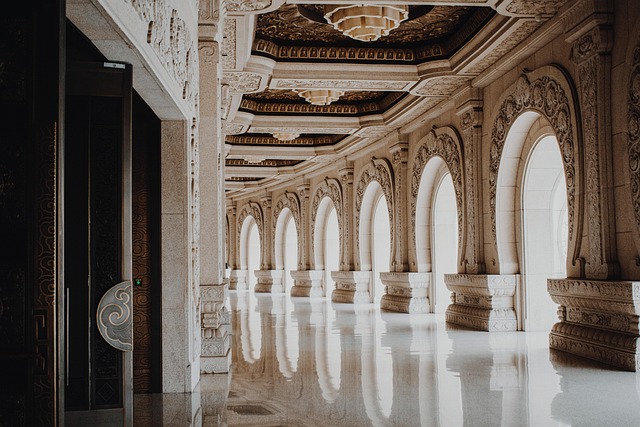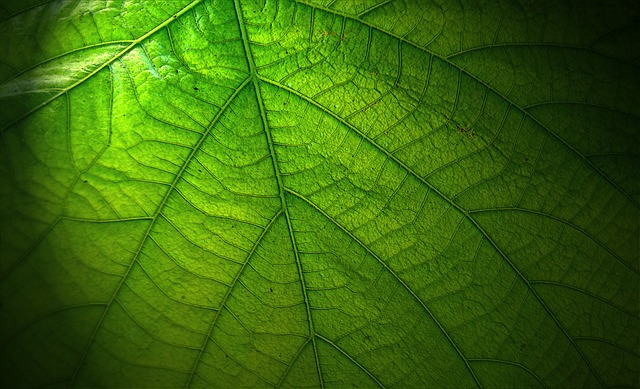When we think about photography, many aspects come to mind: the camera gear, the skill of the photographer, and the glorious moment captured in time. Yet, one often overlooked but profoundly impactful element is texture. It adds depth, evokes emotions, and contributes to the storytelling capabilities of an image.
Texture in photography is like the brushstrokes on a canvas, creating a tactile quality that resonates with viewers. Whether it’s the rough bark of a tree, the delicate petals of a flower, or the weathered walls of an old building, these surfaces add a layer of authenticity to your photographs.
To adequately explore texture, we must first examine the role of optics in our cameras and lenses. The lens is the heart of the camera, responsible for gathering light and focusing it onto the sensor. Different lenses bring different characteristics to the images we create. Wide-angle lenses can exaggerate textures and make them more pronounced, while macro lenses are perfect for capturing the minutiae of a subject’s surface.
Using a macro lens to photograph textures allows for an intimate exploration of your subject. Imagine zooming in on a dewdrop resting on a leaf or the intricate patterns of an insect’s wings. Each grain, wrinkle, and bump is brought to life in stunning detail, underscoring the beauty in everyday objects. This perspective shift not only highlights texture but also invites the viewer to contemplate the world in a new, more appreciative light.
Conversely, you can also play with depth of field to enhance textures in your photography. A shallow depth of field can obscure background elements, drawing attention to the textured surface of your main subject. This technique creates a three-dimensional feel, almost as if the viewers can reach out and touch the surfaces you’ve captured. Playing with light and shadow further emphasizes texture, revealing shapes and patterns hidden in plain sight.
Natural light can be a photographer’s best friend when it comes to revealing texture. The golden hour, the time shortly after sunrise or before sunset, bathes everything in a warm glow while creating long shadows that accentuate the surface details. Experimenting with various lighting conditions opens up a plethora of possibilities, allowing for artistic expression and exploration of the textures found around us.
Incorporating texture into your photography not only enriches your images but also creates a deeper connection with the observer. Each photograph can tell a unique story, echoing the distinct qualities of its textures. With every snap of the shutter, you have the power to draw out the hidden life in your surroundings, inviting your audience to see the world through your lens.
Ultimately, exploring texture through the lens elevates photography from mere documentation to an art form. It challenges you to notice the overlooked and celebrate the intricate details that form the tapestry of our visual experiences. So, grab your camera, explore your environment, and let the textures guide you on your photographic journey.




